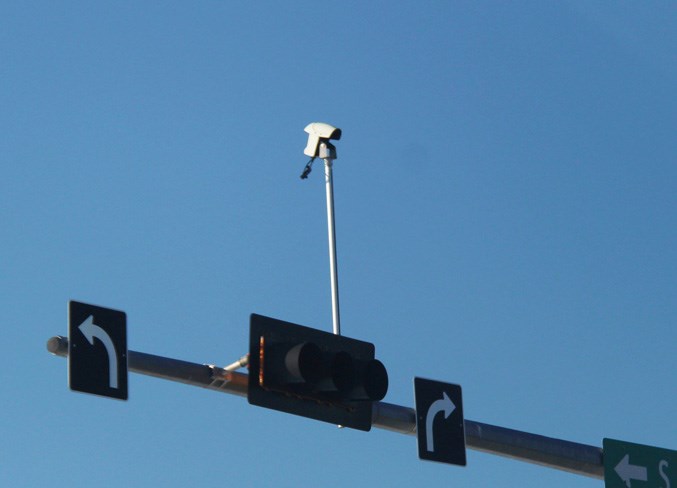A review on photo radar in the province confirmed what the City of Cold Lake saw themselves, that it doesn't have any major impacts on traffic safety.
"We initially wanted it to focus on the school zones, the speed limit in the school zone, and safety at cross walks," explained City of Cold Lake Mayor Craig Copeland. "What happened was the photo radar was working there in those areas, but it really punished drivers... when it came to rolling stops and transition zones from 50 kilometres (per hour) up to 80."
Coun. Chris Vining agreed, noting the data they received didn't reflect the changes they wanted to see.
The city started their photo radar program in May 2016, but let the contract expire last year after not seeing the results they wanted.
An independent review of photo radar used throughout Alberta revealed they make a marginal contribution to traffic safety, and some municipalities simply use them as a revenue-generating tool. The results were released on Wednesday, Feb. 21.
Vining believes Global Traffic Group, the corporation the city contracted their photo radar service out to, was focusing on violations that would get them the most return from residents.
"I felt, when I was looking at the break down of the stats, it wasn't about public safety anymore. It was about, not revenue generating for us as a municipality, but kind of a revenue generation for them as a company," he explained, adding people were often fined with violations that had high price tags, such as rolling stops.
What the City of Cold Lake experienced was similar to the issues that arose during the provincial review, which prompted guidelines to be changed.
Some of these changes include requiring municipal traffic safety plans to use collision data to ensure photo radar is being used directly for safety, prohibiting the use of photo radar on high-speed multi-lane roadways, and annual reports and evaluations of how these programs are achieving safety outcomes.
Bonnyville-Cold Lake MLA Scott Cyr described the provincial government's tactics as a "Wild West approach" to the issue and that it needs to stop.
"It appears that photo radar in our province has moved away from improving public safety to generating revenue for municipal governments, and I don't believe that was the intent when it was first brought in."
Currently, 27 municipalities in Alberta use photo radar programs, including Lloydminster and Leduc.
Minister of Transportation, Brian Mason, said in a press release, "Our goal is to eliminate photo radar as a tool of revenue generation. Photo radar operations must contribute to significant traffic safety outcomes, like reducing collisions and saving lives. We're updating the provincial photo radar guidelines to provide the direction and clarity that municipalities and police agencies need in order to focus on safety."
Enhancing transparency, increasing oversight, and enforcing the principle that photo radar can be used only to improve public safety are some of the goals of modifying the guidelines.
While Cold Lake used the revenue generated to assist with installing street lights on roads that were lacking them, Copeland noted some areas spent the money in other ways.
"The problem with photo radar is, in Alberta, a lot of municipalities use photo radar as money to offset their municipal budgets," he explained.
In order to get the result the province wants, Cyr suggested placing cameras in areas that have increased safety concerns for pedestrians and drivers, such as school, playgrounds, and construction zones.
Over the next year, the provincial government will work with municipalities to implement the changes, which will give them the chance to adapt to the new regulations.



